The Mekong Delta (MD) contributes more than 50% of the country's rice output, and each year discharges a huge amount of millions of tons of rice husks. A survey by the Mekong Delta Development Research Institute (now the Mekong Institute under Can Tho University) at 108 rice mills in Can Tho and An Giang showed that about 50% of the rice husks are sold for domestic fuel and fertilizer. However, these factories still have a huge amount of surplus rice husks, up to over 232,000 tons/year, mainly concentrated in the peak harvest months.
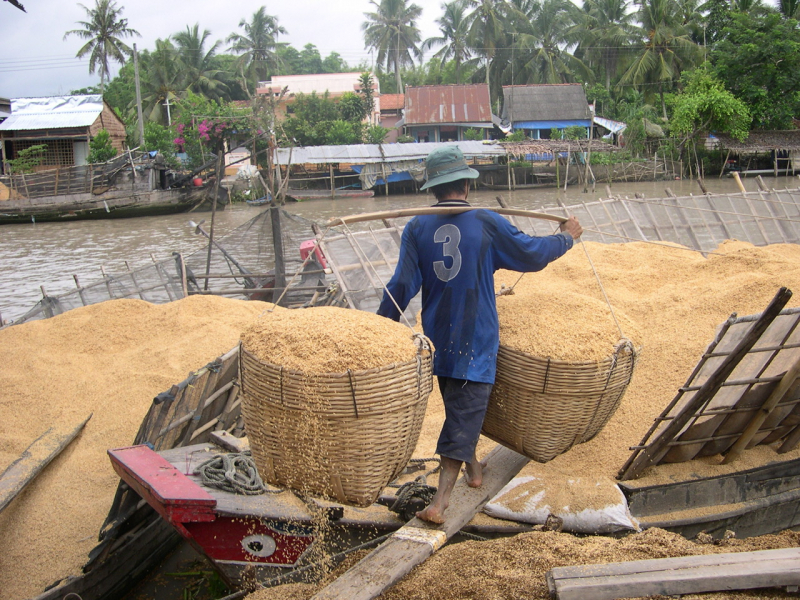
According to Associate Professor Dr. Nguyen Duy Can, former Deputy Director of the Mekong Delta Development Research Institute, with a rice output of 24-25 million tons/year, it is estimated that the Mekong Delta has about 5 million tons of rice husks. Of which, about half is used for purposes such as burning furnaces and firing bricks. The rest is often burned or discharged into rivers, causing serious pollution. Mr. Can affirmed: "The survey results confirm that the rice husk source in the Mekong Delta can completely meet the demand for thermal power production."
In fact, at rice mills, the treatment of rice husks is always a difficult problem. All rice husks generated are collected in a closed warehouse with a dust filtering system to minimize environmental impact. This amount of rice husks is then sold to brick kilns or firewood production facilities. Dr. Le Van Banh, former Director of the Mekong Delta Rice Institute, said that the value of rice husks has changed significantly. Many companies buy rice husks to press firewood for export to demanding markets such as Korea, Japan, and Europe.
Mr. Banh emphasized: “With the support of science and technology, rice husks can completely become a valuable raw material”. An important step forward is the operation of Hau Giang Biomass Power Plant in Can Tho, with a total capacity of 20MW. This is the first biomass power plant using rice husks in Vietnam.
Mr. Ha Vu Son, Director of the Department of Industry and Trade of Can Tho City, said: The factory has a total investment capital of 875 billion VND, consuming about 117,000 tons of rice husks/year. This project not only contributes to ensuring clean energy sources, utilizing agricultural waste, but also reduces greenhouse gas emissions, promoting the development of a circular economy .
In Vinh Long, The Hien Company Limited has invested in machinery to produce compressed firewood made from rice husks. The advantage of compressed rice husk firewood is that when burned, it does not produce toxic sulfur gas, and the cost is 50% cheaper than diesel and 40% cheaper than coal. More importantly, this product does not cause pollution, and the ash after burning can be used as organic fertilizer or raw material for other industries.
To maximize efficiency, Dr. Le Van Banh noted that units using rice husks should locate their production facilities near the rice mill to reduce transportation costs. Building a rice husk power plant right at the rice mill cluster also allows waste heat to be used to dry rice, while rice husk ash can be supplied to fertilizer and cement manufacturers.
With great potential in key rice growing localities such as An Giang and Dong Thap, it is estimated that more than 100 rice husk power plants with capacity from 500KW to 20MW can be built. Each 10MW/year plant can consume 80,000 - 90,000 tons of rice husk, contributing to completely solving the problem of rice husk discharge into the environment, towards a green and sustainable agriculture.
Source: https://cand.com.vn/doi-song/tu-phe-pham-nong-nghiep-thanh-nguon-tai-nguyen-quy-gia-i783906/



![[Photo] Prime Minister Pham Minh Chinh chairs a meeting of the Government Standing Committee on overcoming the consequences of natural disasters after storm No. 11](https://vphoto.vietnam.vn/thumb/1200x675/vietnam/resource/IMAGE/2025/10/09/1759997894015_dsc-0591-jpg.webp)

![[Photo] Prime Minister Pham Minh Chinh chairs the Conference to deploy the National Target Program on Drug Prevention and Control until 2030](https://vphoto.vietnam.vn/thumb/1200x675/vietnam/resource/IMAGE/2025/10/09/1759990393779_dsc-0495-jpg.webp)





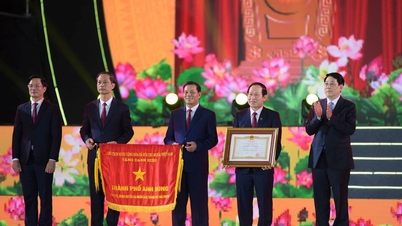




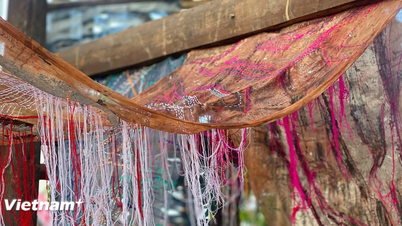




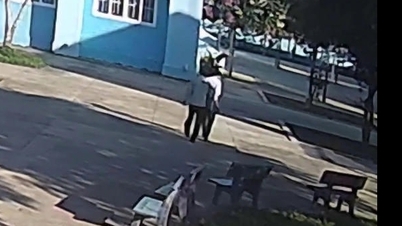
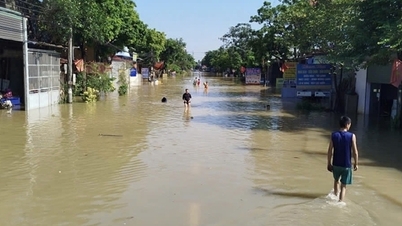
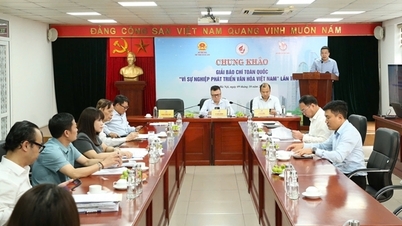


















































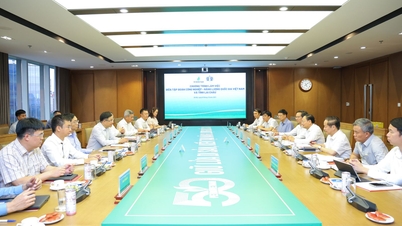


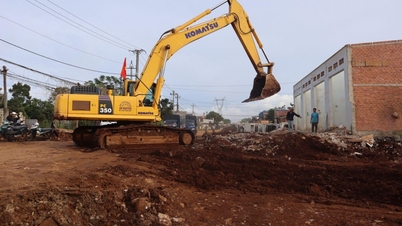
















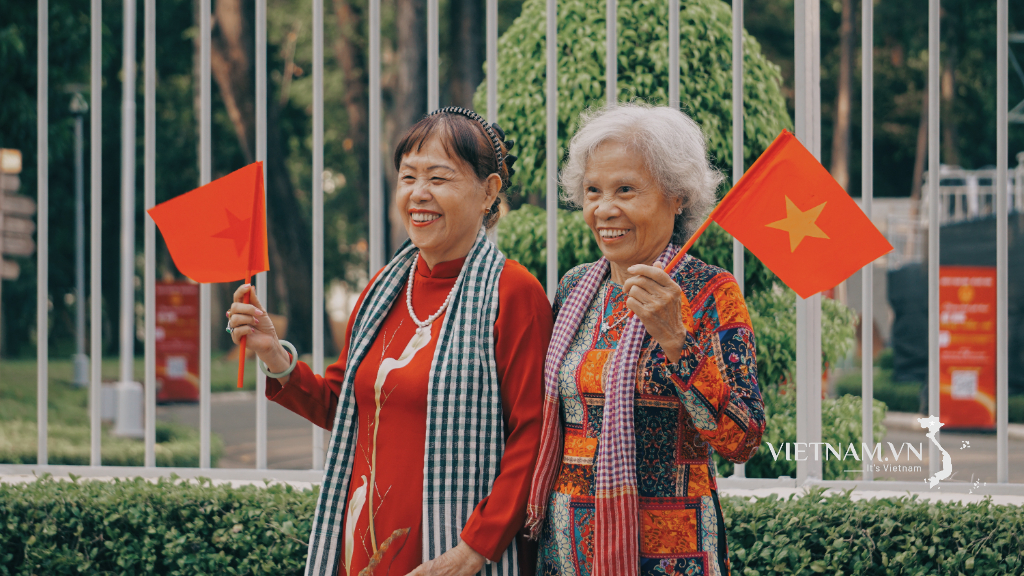


Comment (0)